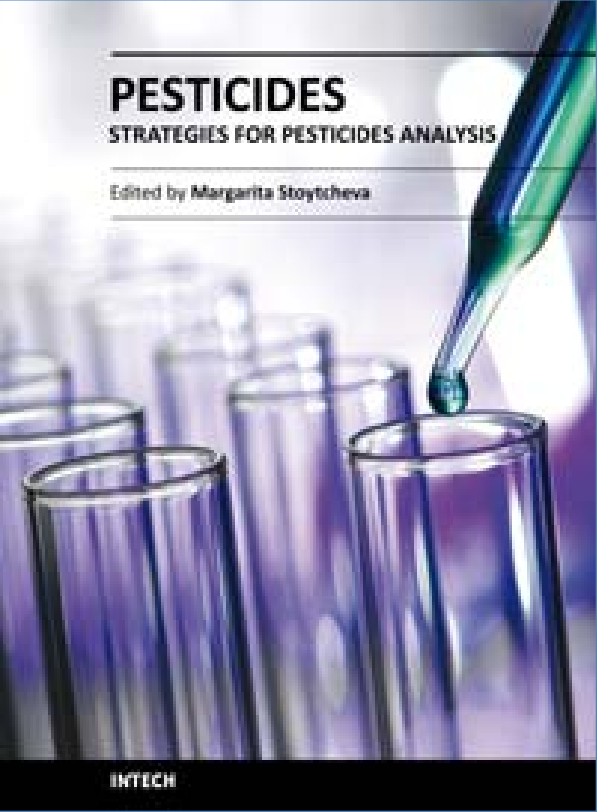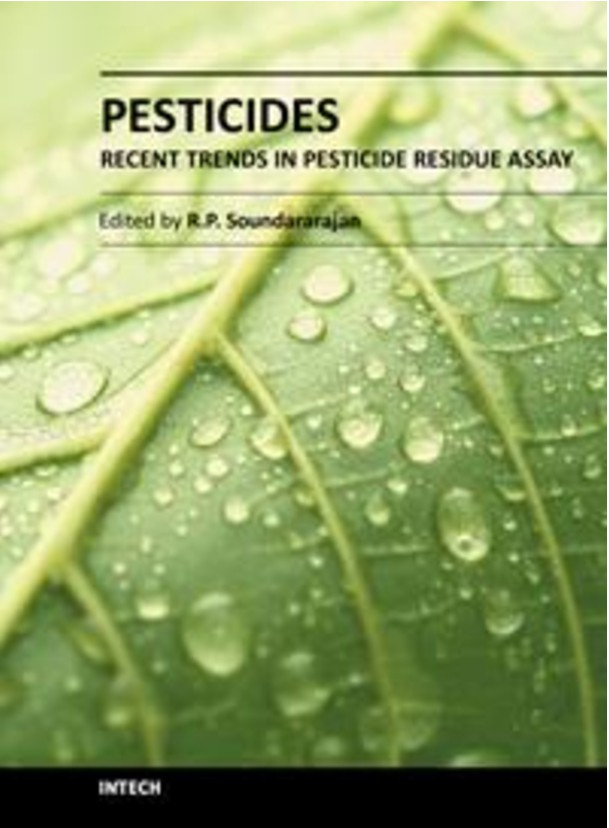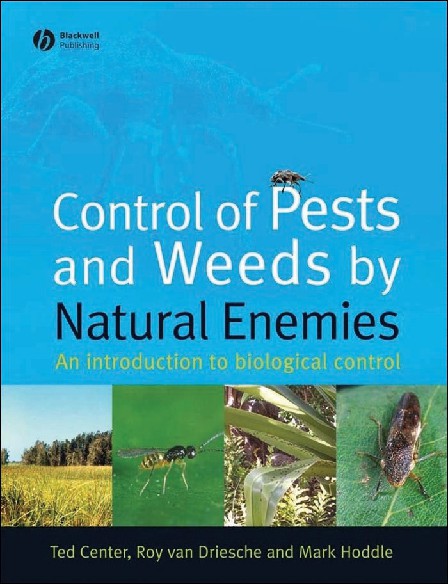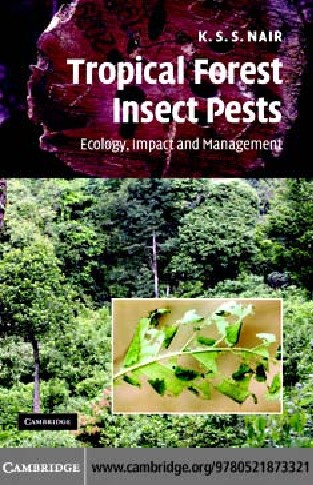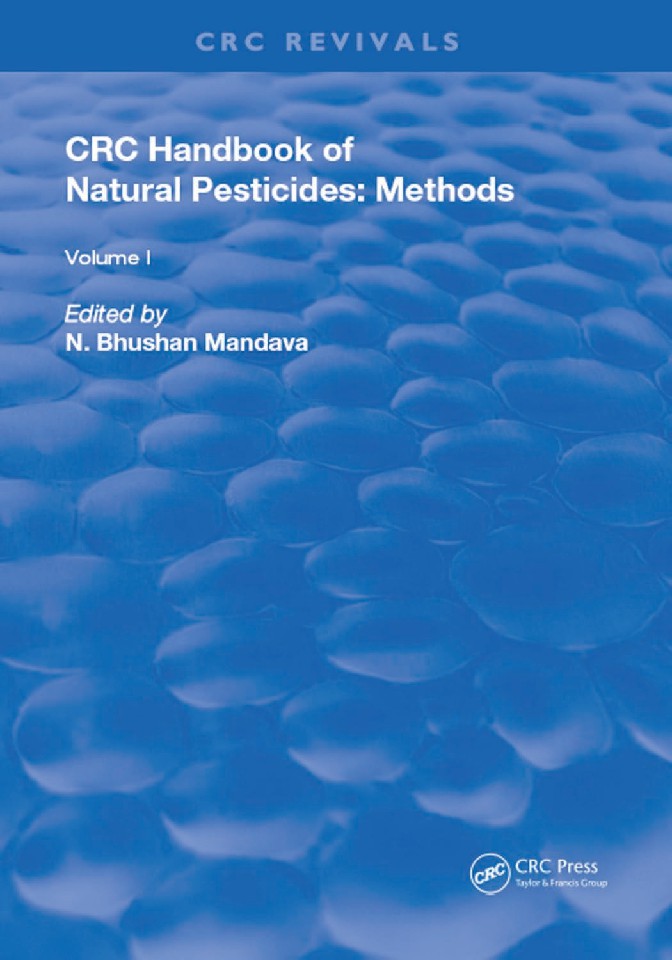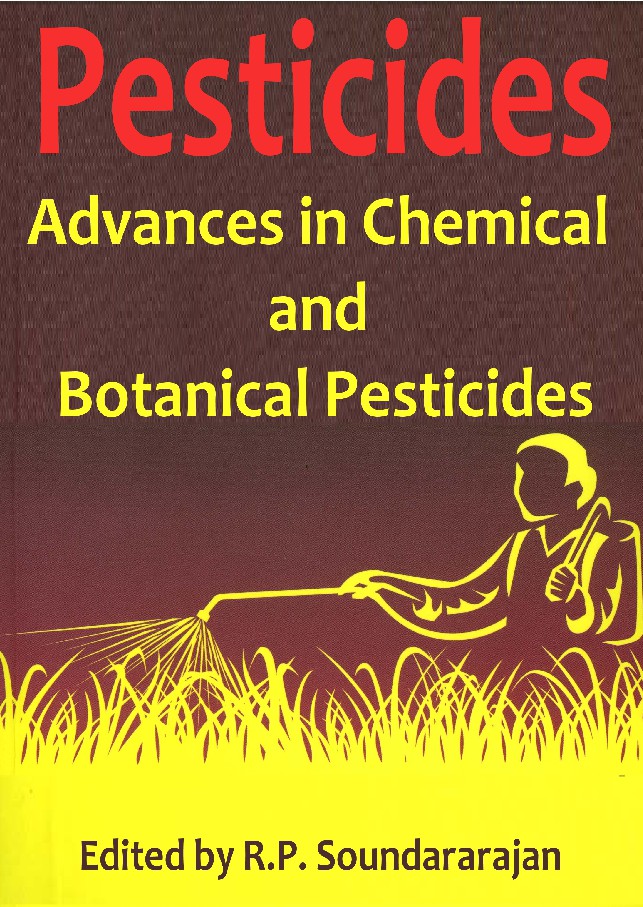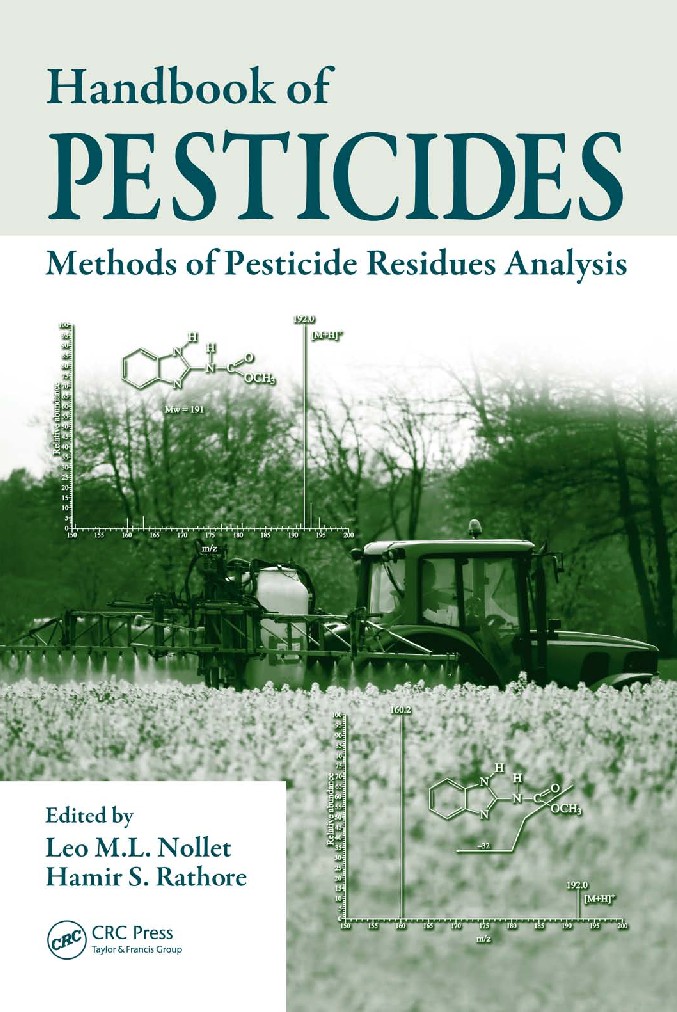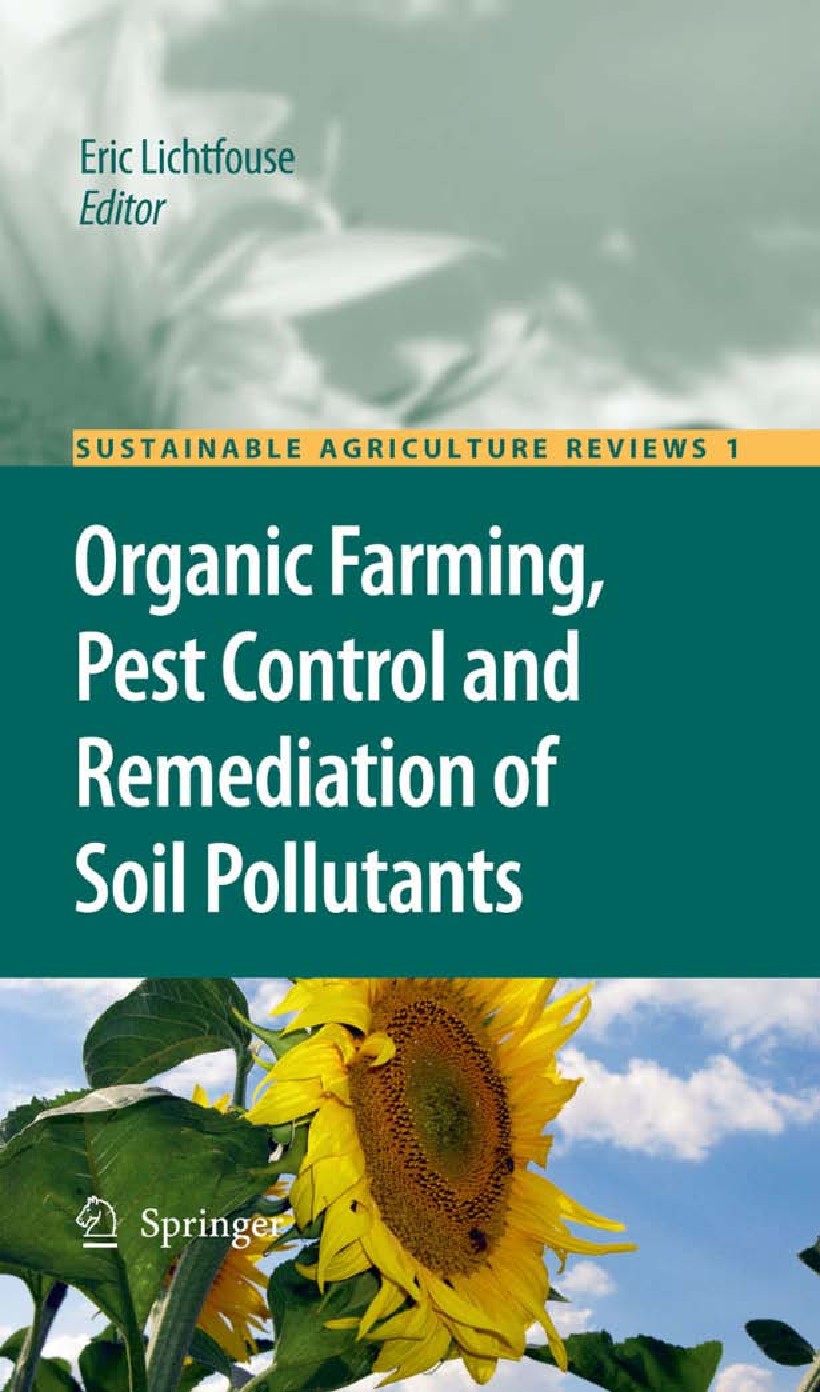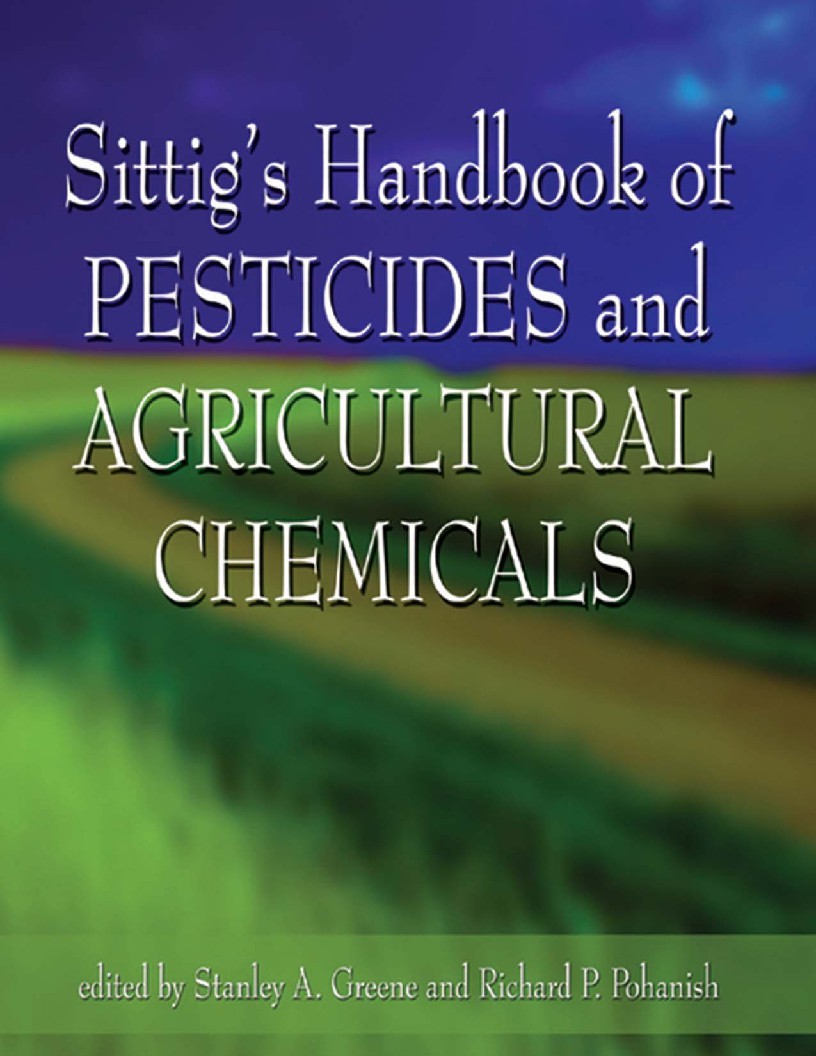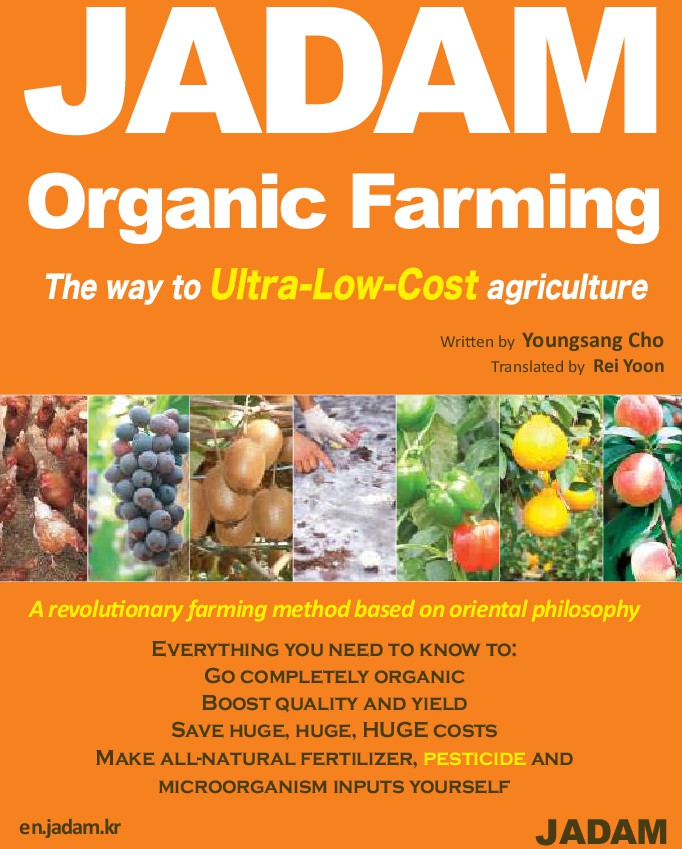Book Details
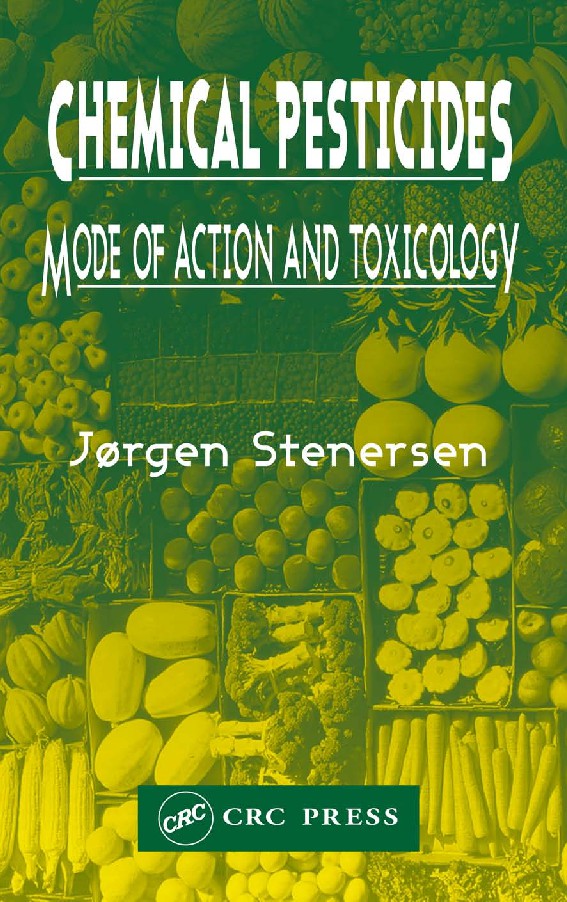
Chemical Pesticides
The mode of action of pesticides is extremely fascinating because the subject
covers so many fields of biology and chemistry and has many practical
implications.
All disciplines of biology have developed greatly since 1,1,1-trichloro-
di-(4-chlorophenyl)ethane — better known as DDT — and the other
synthetic pesticides were introduced just after the Second World War. At that
time, the knowledge of the normal biochemical and physiological processes
in organisms was not sufficiently clarified to make it possible for us to
understand properly either the mode of action of the pesticides at the target
site or their uptake, distribution, and degradation in the ambient environment.
The development of resistance of various pests to pesticides should
have been possible to predict at that time, even before the use of these
pesticides had expanded so much, but how rapidly or to what degree resistance
would develop and what biochemical mechanisms where behind the
development had to be a matter of experience and research.
We now know how nerve impulses are transmitted, how plants synthesize
amino acids, and how fungi invade plant tissue. The textbooks in the
various biological disciplines have become enormous, but in spite of this,
they do not tell us where and why pesticides interfere with the normal
processes. Other toxicants are mentioned occasionally, but only when they
have been tools for the exploration of the normal processes. The intention
of this book is therefore to try to collate some of the knowledge in the
respective biological sciences and to explain the points at which the pesticides
have an effect. While reading this book students are encouraged to
consult textbooks in biochemistry, nerve physiology, plant biochemistry, and
so forth, in order to get a more comprehensive explanation of the normal
processes disturbed by pesticides. To understand the toxicology of pesticides,
it is first necessary to learn organic chemistry, biochemistry, almost all disciplines
of plant and animal physiology at the cellular or organismic level,
and ecology, as well as the applied sciences within agriculture. This is, of
course, impossible, but these disciplines will for many students be much
2 Chemical pesticides: Mode of action and toxicology
more interesting when put into the context of an applied science, e.g., pesticide
science. At the least, myself and many of my students have become
motivated to go back to learn more of organic chemistry and the biological
sciences when confronted with the pesticides or other groups of toxicants,
curious about why they are toxic or not for different organisms.
Author: Jorgen Stenersen
Pages: 295
Issue By: eBook 707
Published: 3 years ago
Likes: 0

